What is Drip Edge For?
Lear more about this important home feature
The Drip Edge is the metal flashing that is installed on the edges of the roof and overhangs the sides of the roof.
The drip edge is a non-corrosive flashing that significantly extends the life of the fascia wood by channeling water away. The most common colors for drip edge are white and brown. Calloway Roofing can provide color match drip edge.
The color is often chosen to match the shingles or the gutters to create a seamless look. The color can also be chosen to match the shutters or trim of the house and act as an accent color. After your choice of shingles, choosing a drip edge color is next. These are some of the many colors available:

Ivory Almond
A popular choice of color by many Floridians. Relaxing with a touch of elegance.

Chocolate Brown
A beautiful choice for homes with a an above average of green surroundings.

White
One of the most common colors for drip edge. Easily accenting any roof and siding colors.

Black
Widely used by homeowners in areas where sunlight is not a constant as it absorbs and retains heat very well.
The Drip Edge is the metal flashing that is installed on the edges of the roof and overhangs the sides of the roof. A lot of older homes in North America do not have a drip edge, but it is now required by several building codes to be installed due to the severe damage a roof without one could sustain.
Drip Edge Benefits:
1. Direct water away from the fascia and prevents water from rotting the fascia over time.
2. Protect the edge of the roof decking due to water penetration during heavy rainfall.
3. Seal any gaps at the bottom of the roof, which could allow small animals to enter the attic.
4. Prevent movement between the wood fascia and deck boards.
5. Assist gutters to direct water away from your house and foundation.
6. Protects the roof in general from wind-related damages
7. Lengthens the roof life
Reasons To Use Drip Edge
Reasons To Use Drip Edge
1. Directs water away from the fascia and prevents water from rotting the fascia over time.
2. Protects the edge of the roof decking due to water penetration during heavy rainfall.
3. Seals any gaps at the bottom of the roof, which could allow small animals to enter the attic.
4. Prevents movement between the wood fascia and deck boards.
5. Assists gutters to direct water away from your house and foundation.